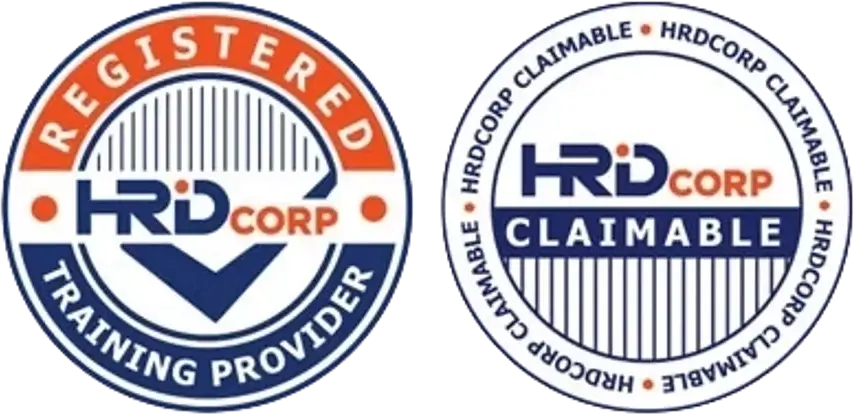Can You Still Comply with GMP Without a Dedicated QA Department?
Many small and medium-sized manufacturers think Good Manufacturing Practices (GMP) are only possible if they have a fully staffed Quality Assurance (QA) department.
The truth? You can still achieve and maintain GMP compliance without a separate QA team — but only if you have the right structure, training, and systems in place.

❌ Common Challenges When There’s No Dedicated QA Department
-
Lack of GMP Knowledge
-
Staff may not fully understand GMP requirements
-
GMP standards applied inconsistently across departments
-
-
Poor Documentation Control
-
Missing or outdated SOPs
-
No centralised record-keeping system
-
-
Weak Internal Auditing
-
Rare or informal self-inspections
-
No formal follow-up on non-conformances
-
-
Reactive Approach to Quality
-
Problems are addressed only after they occur
-
No preventive measures or risk assessments
-
-
Insufficient Training
-
Training done once during onboarding, then forgotten
-
No refresher sessions on GMP updates
-
✅ Practical Ways to Maintain GMP Compliance Without a QA Department
-
Assign QA Responsibilities to Key Staff
-
Designate one or two trained employees as GMP coordinators
-
Make GMP part of their job scope and KPIs
-
-
Implement Written SOPs
-
Ensure every process has a documented procedure
-
Regularly review and update SOPs for compliance
-
-
Set Up a Document Control System
-
Use a central file (physical or digital) for all GMP-related documents
-
Keep version control to avoid outdated instructions
-
-
Conduct Regular Internal Audits
-
Schedule monthly or quarterly GMP checks
-
Record findings and take corrective actions
-
-
Use GMP Checklists for Daily Operations
-
Create checklists for cleaning, production, and storage
-
Keep them signed and dated for audit readiness
-
-
Outsource When Needed
-
Hire external GMP consultants for annual reviews or training
-
Engage third-party labs for product testing and verification
-
📌 Key GMP Areas You Still Need to Cover
-
Premises & Equipment: Clean, well-maintained, and pest-free environment
-
Personnel Hygiene: Proper attire, handwashing, and health checks
-
Process Control: Monitoring critical points in production
-
Cleaning & Sanitation: Documented and validated cleaning schedules
-
Traceability & Recall Procedures: Ability to track and recall products quickly
-
Record Keeping: Complete and accurate documentation for all processes
⚠ Risks of Operating Without QA Oversight
-
Increased chance of audit failure
-
Higher risk of product contamination or recall
-
Weak traceability in the event of complaints
-
Potential loss of certifications (GMP, HACCP, ISO, etc.)

💡 Pro Tip: Small manufacturers without a QA department can still meet GMP standards by embedding quality responsibilities into existing roles and using structured systems for documentation, audits, and training.


